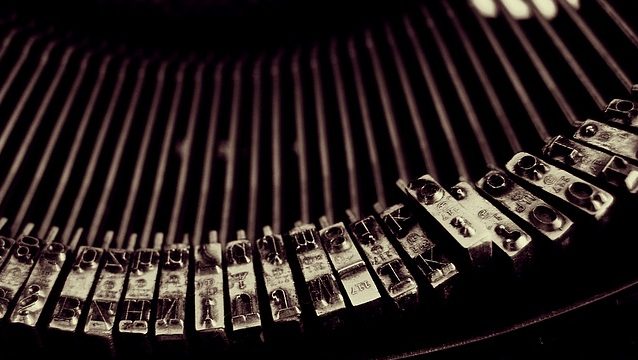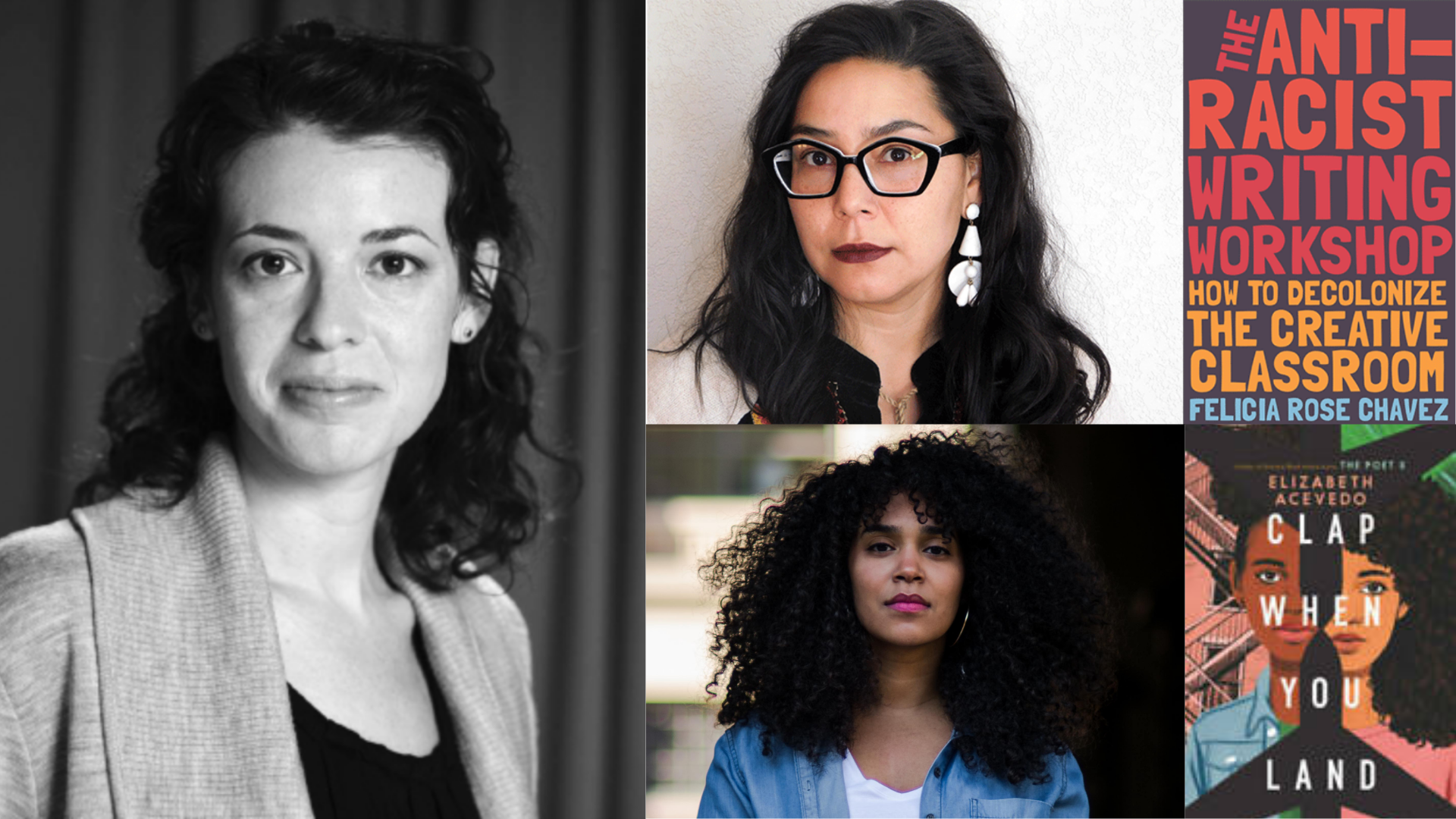As both a middle grades and college English instructor, I have found that using well-chosen visuals when introducing writing modes can create powerful, and even entertaining, opportunities for students to begin drafting. Images can be used in a variety of ways; for the purpose of this lesson plan, I will discuss guiding students in drawing inferences and creating their own texts using pictures. This a lesson I have used in middle school, as well as in freshmen composition courses, and I will discuss particular ways the lesson can be tailored, depending on the audience.
Day One: Background and Image Grouping
At the onset of the planning process, I recommend setting a clear purpose for the lesson. This purpose will guide the kinds of visuals that are used, when they are used, and what expectations are in place for the final product. On the first day of this teaching segment, introduce the concepts of characterization and inferences.
If working with an older audience, this introduction can expand to include cultural understandings, assumptions, and stereotypes, and can even reference James Gee’s concept of identity kits—the notion that there are objects, words, and identifiers we use when we belong to certain groups to show our affiliation. I recommend juxtaposing two images of locations and what might be found there, or two images of clothing and the conclusions we might draw about a character who dresses in certain ways.
Show students a variety of images and ask them to group the pictures. Students may group pictures based on setting, a theme already emphasized in the course, or a unifying feature. Questions to guide this process might include: How are the images connected by setting? What images would likely go together to form a basis for understanding a character? These can be digital images found through an online search, which yields a wide range of results, or even pre-packaged images on cards.
Day Two: Selection and Writing
On this day in the lesson, have students choose the images that they wish to include in their writing. Final products can be narrative or explanatory, depending on the curricular needs of the teacher at any given time. One of the most engaging narrative directions my middle school students took was creating detective stories drawn from pictures. In this use of images, groups were given a set of images featuring an array of items (for example, a particular style of hat, a musical instrument). Groups then used the images to compose a story, with one image being the “McGuffin,” or missing element the detective had to work to find. Students played the role of detectives in first-person narration and used other images to add details about the characters in their story.
Images can be sorted and selected by the teacher, or might involve more student choice as students work as teams to decide which pictures they will work to include. I recommend a demonstration of a mentor text (teacher-created or existing literature) that shows students the kind of product that is sought by the end of the lesson segment. For example, when I used images to create detective stories, Edgar Allan Poe and Arthur Conan Doyle proved to be useful texts. When working with older readers, I like to include authors who have a mastery of atmosphere and who use imagistic writing to create mood (for example, Jo Nesbo). I also recommend having a variety of images for students to use so there is a variation of products and perspectives. This variety can create opportunities for follow-up discussion.
Ask students to brainstorm and develop an outline for their writing to demonstrate their understanding of characterization, the impact of narrative choices like clothing and personal items, and how the images will be related. I recommend at least four or five images so that students explore the connections among pictures and integrate them into story format. Depending on the age of the audience and the time allotted for the lesson, more images might be used. For younger students, a plot diagram or sequencing chart might prove helpful; older students can identify concepts of identity and culture that they would include in their stories based on visuals.
Students can begin drafting in small groups, with additional writing work to be done the following lesson day.
Day Three: Deeper Development
The final day of the lesson is reserved for revisions, peer sharing and edits, and any themes the teacher wishes to draw and reiterate from the activity. I recommend a discussion of the images chosen, as well as opportunities for students to offer justification for why they chose to use images in the way they did.
Further conversation can give students the chance to discuss the elements of characterization, as well as how stereotypes and cultural misunderstandings occur around some elements of an identity kit.
Conclusions and Accommodations
Including even a few key images in a lesson can tap into the preference some learners have for visuals. While some students imagine and create events in stories independently, others need more scaffolding. Images can give students a starting point, while also providing an opportunity for discussion about how best to incorporate a variety of elements into stories and essays. New avenues of thinking can be tapped using images as students arrange pictures in creative ways. Teachers can draw on this lesson as a starting point to discussing the grammatical aspects of images and words found in graphic novels, as well as the intertextuality of wordless picture books and other visual texts.
For advanced learners, images can be analyzed and compared for discussion centered around the intentional and sometimes unintentional meanings that are conveyed by pictures. Disparate or contradictory images can also be used for abstraction, giving students the opportunity to justify their solutions for resolving the differences among visual texts.
Photo (top) via Express Writers
Jason DeHart is a PhD candidate in literacy studies at The University of Tennessee, Knoxville. DeHart has worked in the education profession for over a decade, and taught 8th-grade language arts at Ocoee Middle School in Cleveland, Tennessee.



